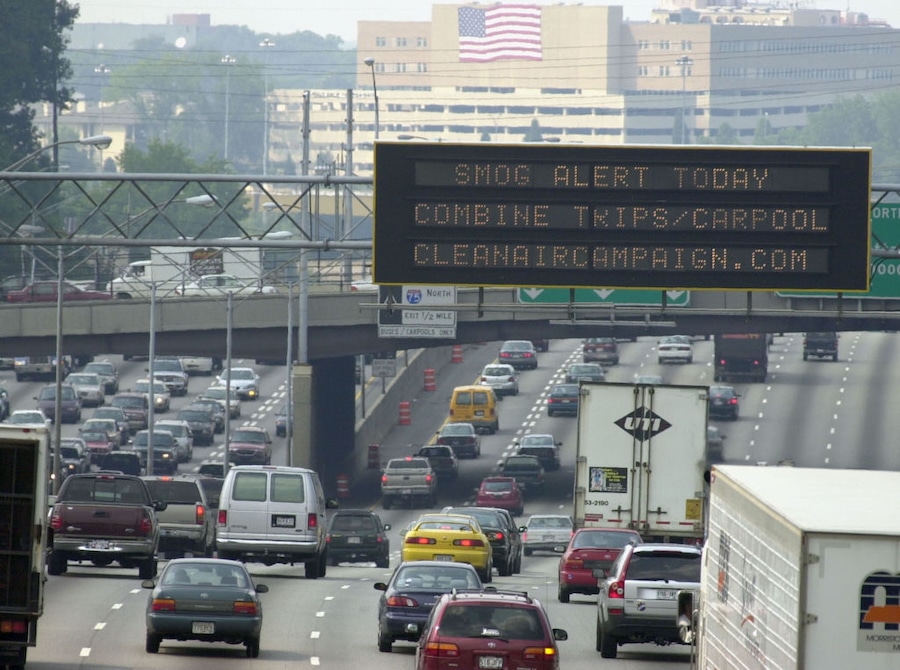This post was originally published on Eco Watch
In a new study, scientists have found a link between exposure to fine particulate matter (PM2.5) in air pollution and increased risk of various negative pregnancy outcomes from the molecular level. While other studies have linked air pollution exposure to certain pregnancy risks, this study is the first to define how these risks can increase at the molecular level.
“The link between air pollution and premature birth has been well established, but for the first time we were able to look at the detailed pathway and specific fine particles to identify how they are reflected in the increased risk of adverse birth outcomes,” Donghai Liang, lead author of the study and associate professor of environmental health at Emory University’s Rollins School of Public Health, said in a statement. “This is important because if we can figure out the ‘why’ and ‘how’ then we can know better how to address it.”
The study analyzed blood samples from 330 Black pregnant women between 18 and 40 years old in Atlanta, Georgia alongside multiple short-term and long-term PM2.5 concentration measurements.
The researchers found that about 20% of the study participants delivered pre-term babies, while 16.4% of the participants delivered early-term babies. According to the U.S. Centers for Disease Control and Prevention, the average rate of pre-term births is around 10.4%, but Black women face the highest risks, with average rate of pre-term births at 14.6%.
The study, published in the journal Environmental Science & Technology, identified multiple metabolites associated with PM2.5 exposure. In particular, the study noted cortexolone and lysoPE(20:3) as links between exposure to air pollutants and higher risk of early births. The team also found that protein digestion and absorption disruptions could be associated with the air pollution exposure and increased risk of negative birth outcomes.
The study determined that study participants living in Downtown and Midtown, two bustling Atlanta neighborhoods with multiple highways, experienced higher exposure to air pollution over one year compared to those farther from the city center, which could further contribute to increased risks.
“The identification of specific metabolic signatures and pathways highlights the importance of integrating environmental health considerations into clinical practice,” the study authors wrote.
In a separate study published in 2019, scientists found that around 10% of all pre-term births in the world were linked to air pollution exposure. The new study’s findings could help guide methods for minimizing exposure and ultimately lowering the risk of pre-term and early-term births and encourage more research for understudied populations most affected by air pollution.
“As an air pollution scientist, I do not think air pollution is going away anytime soon. Even at lower levels, we continue to see harmful health effects, but we can’t just ask people to simply move away from highly polluted areas,” Liang explained. “So, from a clinical intervention standpoint, that’s why it’s critical to gain a better understanding on these pathways and molecules affected by pollution. In the future, we may be able to target some of these molecules to develop effective strategies or clinical interventions that could help reduce these adverse health effects.”
The post Study Links Air Pollution and Pregnancy Risks at the Molecular Level appeared first on EcoWatch.





0 Comments